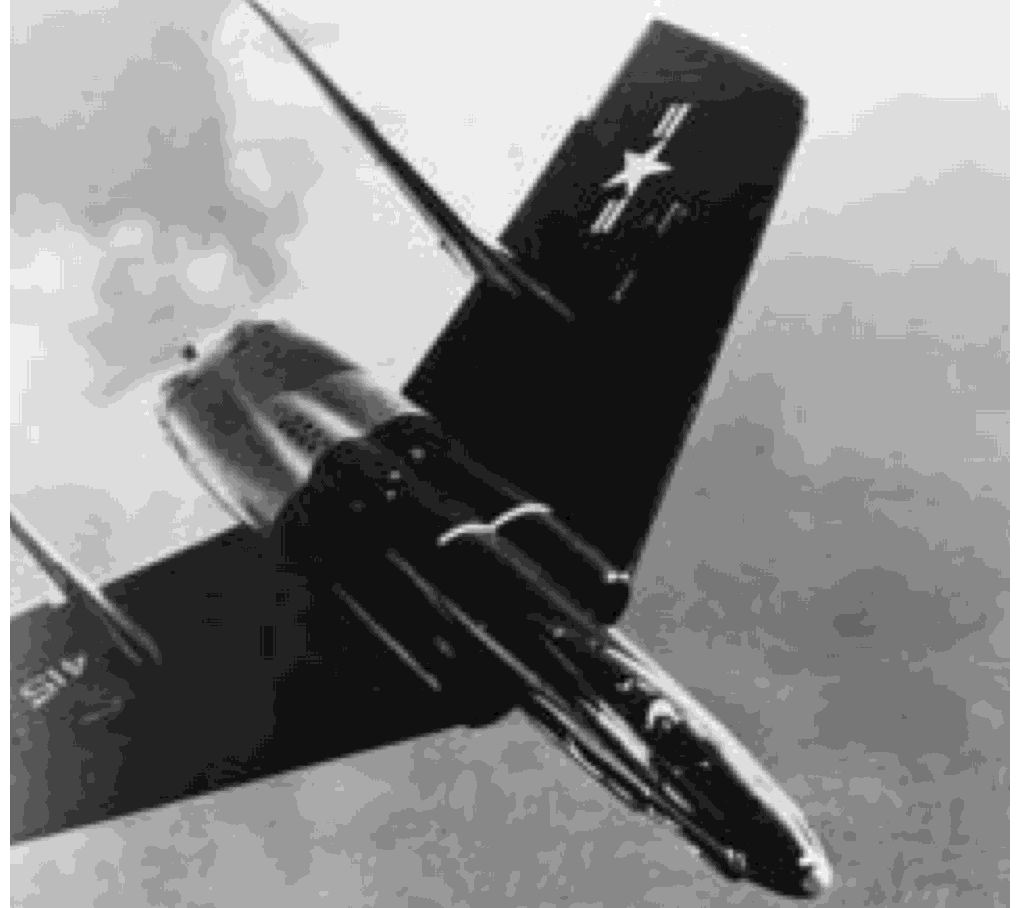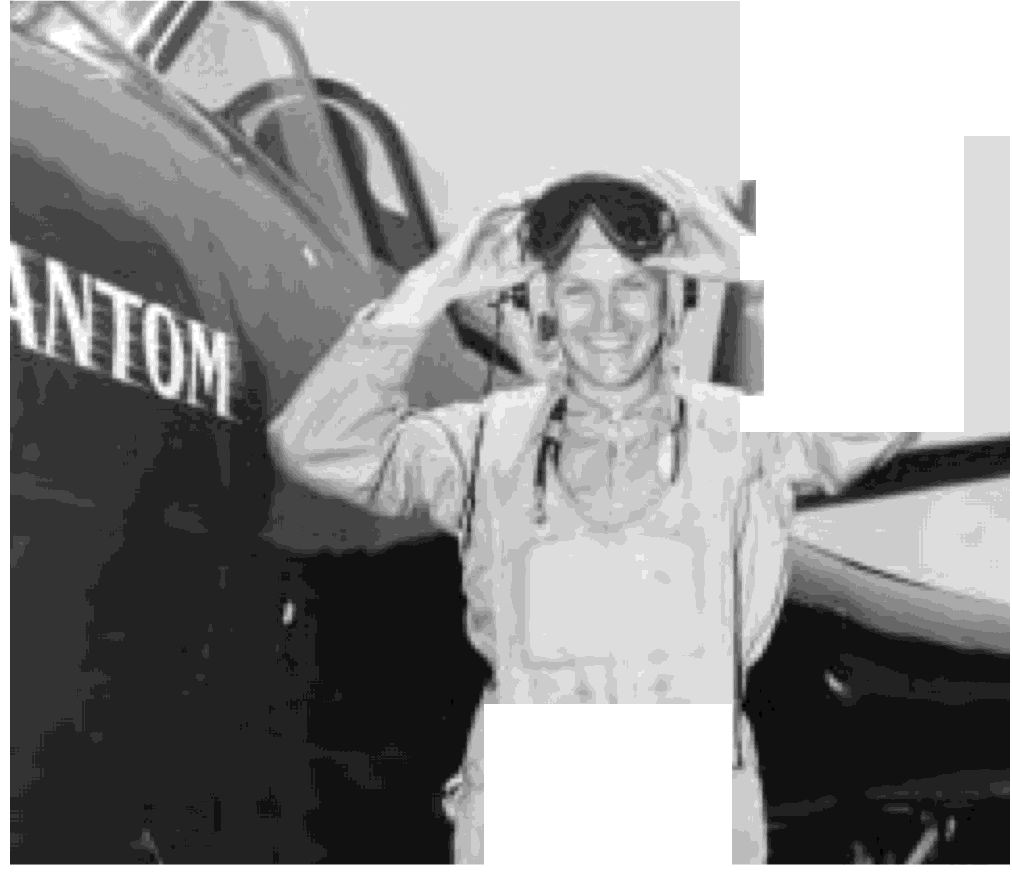

1946-Contin ued
XAJ-1 aircraft, thereby beginning active development
of a long-range carrier-based bomber capable of deliv-
ering nuclear weapons.
25 June
A contract was issued to Chance Vought for
the development and construction of three XF7U-l air-
craft. This was a tailless, high performance fighter,
equipped with tricycle landing gear, powered with
twin turbojet engines, and designed for carrier opera-
tion.
26 June
The Aeronautical Board agreed unanimous-
ly that the knot and the nautical mile be adopted by
the Army Air Forces and Navy as standard aeronautical
units of speed and distance, and directed that use of
the terms be specified in all future procurement of air
speed indicators, charts, related equipment, and future
issues of applicable handbooks and technical orders.
1 July
Operation Cross Roads-Tests to determine
effects of atomic bombs on naval targets were con-
ducted at Bikini Atoll in the Pacific. In the first test, a
Nagasaki-type bomb, dropped from a B-29 at 30,000
feet on ships anchored in the lagoon, sank five of
them outright and did heavy damage to nine others. A
shallow underwater burst on the 25th raised the total
number sunk directly or indirectly to 32 of the 83
ships of all types used in the tests. Among them were
the aircraft carriers
Saratoga,
sunk in shallow water on
41 .. ;.."
FlU-l a tailless twin-net fighter by Vought 419488
UNITED STATES NAVAL AVIATION
1910-1995
163
the 25th after 19 years of active service, and
Independence,
which was so heavily damaged and
contaminated that she was no longer fit for use.
Although these tests had broad national impact, to the
Navy and to Naval Aviation they not only made clear
the importance of nuclear weapons in control of the
sea but they also provided much detailed data on the
effects of nuclear blasts and a sound technical basis for
intensification of efforts to develop tactics and equip-
ment whereby the damage of such attacks against a
naval task force could be held to a minimum.
1 July
The Naval Air Reserve Program was formally
activated under the Naval Air Training Command, with
21 Reserve activities already in operation.
1 July
VX-3 was established at NAS New York, N.Y.,
to study and evaluate the adaptability of helicopters to
naval purposes.
3 July
FAW-8 was disestablished at NAS Alameda.
11 July
To establish clear-cut relationships for air-
craft maintenance, the Chief of Naval Operations
directed the disestablishment of all CASUs and other
maintenance units and their replacement by Fleet
Aircraft Service Squadrons (FASRON) by 1 January.
The new FASRONs were to be of three kinds accord-
ing to aircraft types serviced, and were designed to
promote higher standards and greater uniformity and
efficiency in aircraft maintenance.
21 July
In the first U.S. test of the adaptability of jet
aircraft to shipboard operation, an XFD-1 Phantom
piloted by Lieutenant Commander James Davidson,
..
..
Davidson landed
FH on CVE 1053757
 |
5 |
 |